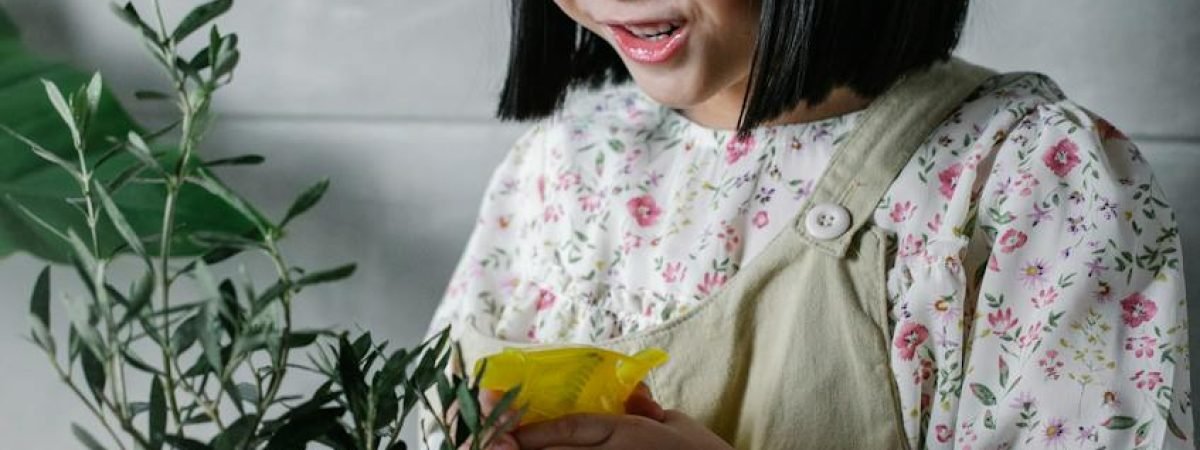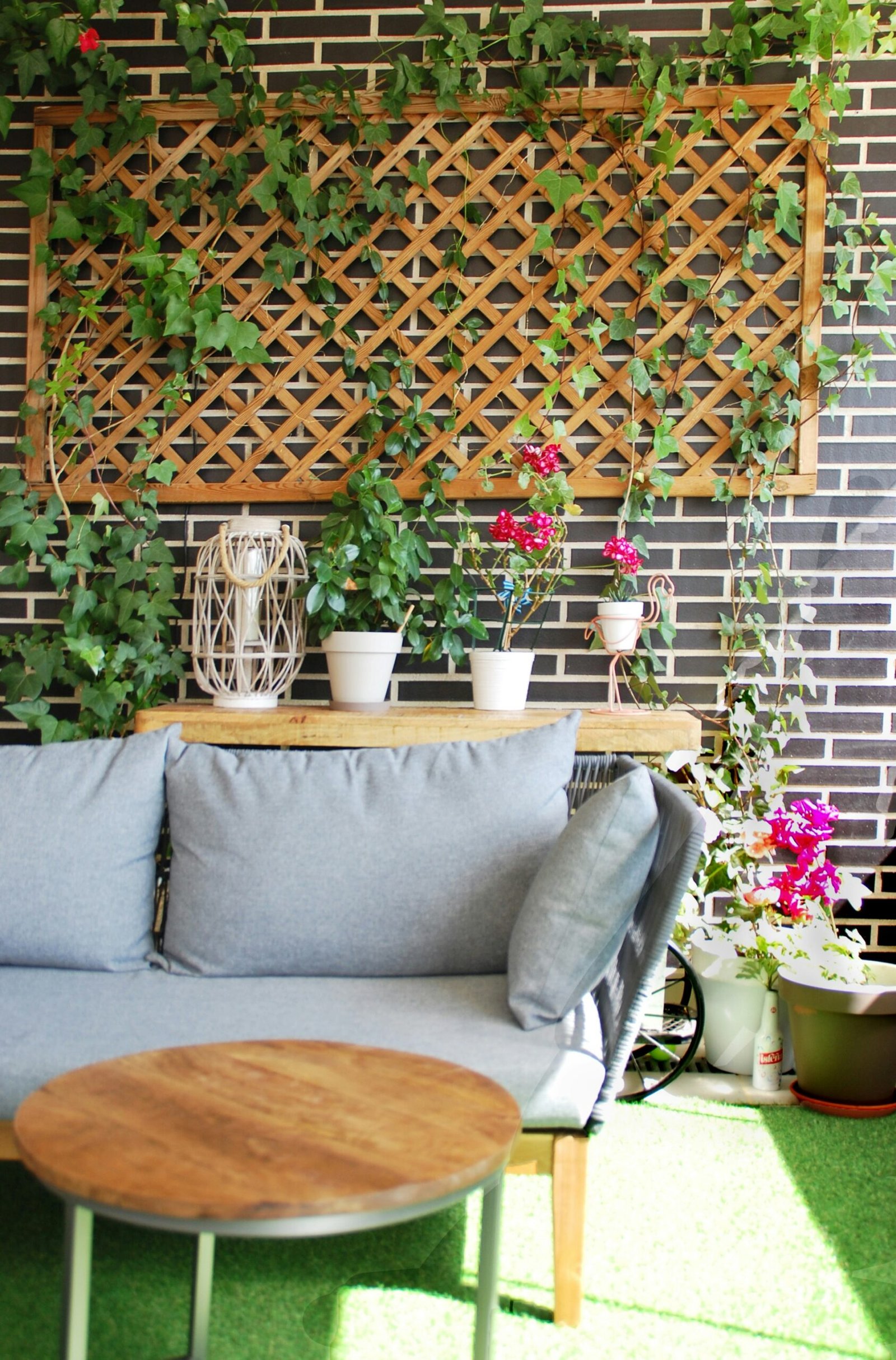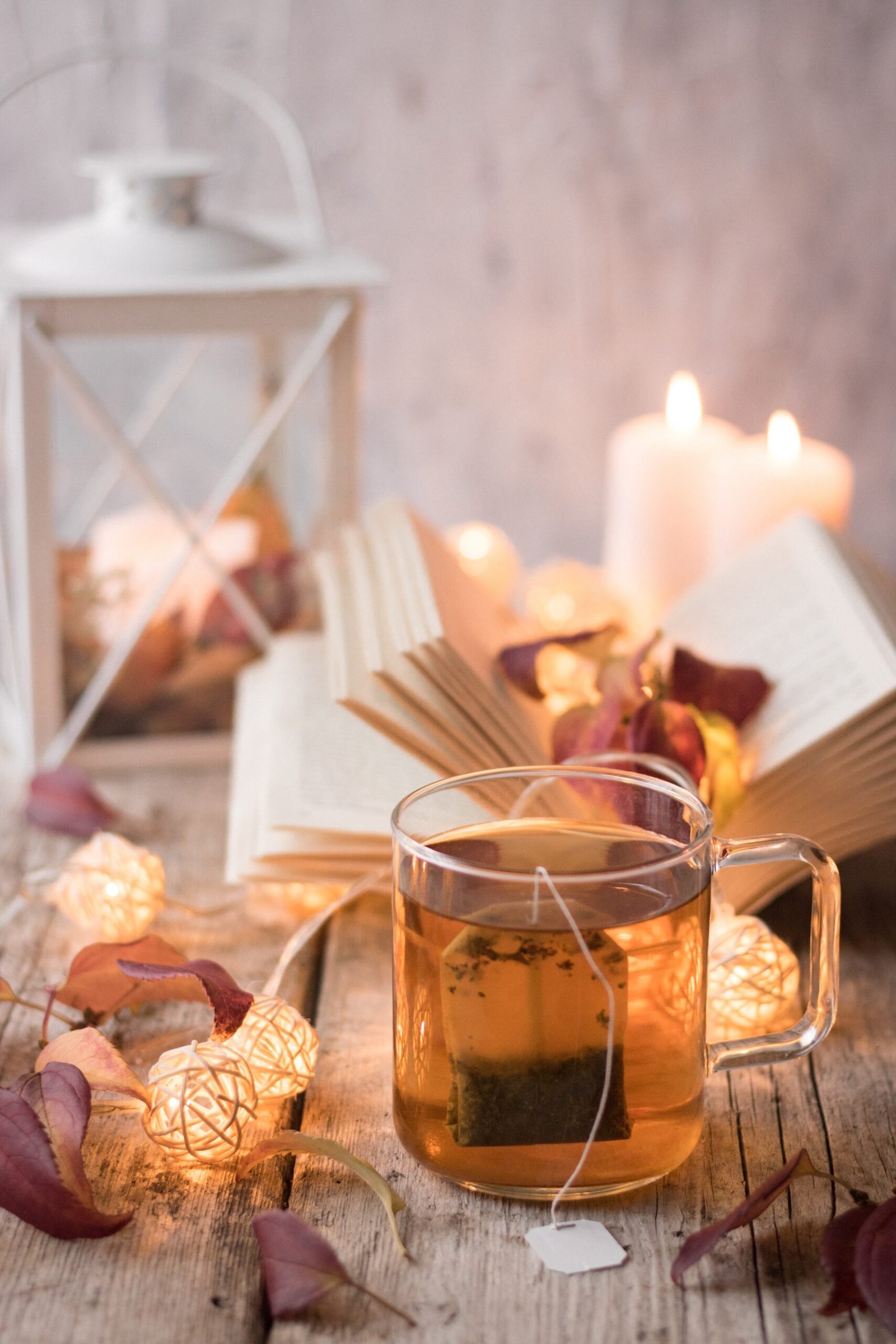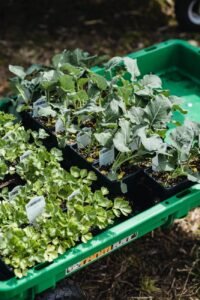Houseplants not only add beauty and freshness to your home, but they also have numerous benefits for your health and well-being. From improving air quality to reducing stress levels, indoor greenery can have a positive impact on your overall quality of life. However, keeping your houseplants thriving requires some knowledge and care. In this article, we will explore some essential tips to help you maintain healthy and happy indoor plants.
Choose the Right Plants
When it comes to selecting houseplants, it’s important to consider your home’s lighting conditions and your own level of commitment to plant care. Some plants require bright, direct sunlight, while others thrive in low-light environments. Additionally, certain plants are more forgiving and can tolerate occasional neglect, making them ideal for beginners.
Popular low-maintenance houseplants include pothos, snake plants, and ZZ plants. These plants are known for their resilience and ability to thrive in various light conditions. If you have a sunny spot in your home, consider plants like succulents, cacti, and spider plants, which require more sunlight.
Provide Adequate Light
Light is one of the most crucial factors for the health of your houseplants. Most plants need a balance of light and darkness to thrive. Place your plants near windows or in areas with sufficient natural light. If natural light is limited, you can supplement it with artificial lights, such as fluorescent or LED grow lights.
It’s important to note that different plants have varying light requirements. Some plants prefer direct sunlight, while others thrive in indirect or filtered light. Pay attention to the specific needs of your plants and adjust their placement accordingly.
Water Properly
Watering is another essential aspect of houseplant care. Overwatering or underwatering can lead to root rot or dehydration, respectively. The key is to find the right balance for each plant.
Before watering your plants, check the moisture level of the soil. Stick your finger about an inch into the soil; if it feels dry, it’s time to water. However, if it still feels moist, hold off on watering. Remember that different plants have different water requirements, so it’s essential to research the specific needs of each plant in your collection.
When watering, ensure that the water reaches the roots and drains out of the pot. Avoid leaving your plants sitting in standing water, as this can lead to root rot. Additionally, consider using room-temperature water to prevent shocking the roots.
Provide Adequate Humidity
Many houseplants originate from tropical regions and thrive in humid environments. However, most homes have drier air, especially during the winter months when indoor heating is used. To create a more favorable environment for your plants, you can increase humidity levels.
There are several ways to increase humidity for your houseplants. You can mist them regularly with a spray bottle, place a tray of water near the plants, or use a humidifier. Another effective method is to group your plants together, as they release moisture through their leaves, creating a microclimate of higher humidity.
Fertilize Regularly
Fertilizing your houseplants helps provide them with essential nutrients that may be lacking in the soil. However, it’s important not to overdo it, as excessive fertilizer can lead to salt buildup and damage the roots.
Choose a balanced, water-soluble fertilizer and follow the instructions on the package. Typically, fertilizing once a month during the growing season (spring and summer) is sufficient. During the dormant season (fall and winter), reduce the frequency to every two to three months.
Monitor for Pests
Just like outdoor plants, indoor plants are susceptible to pests. Common houseplant pests include aphids, spider mites, and mealybugs. Regularly inspect your plants for any signs of infestation, such as yellowing leaves, sticky residue, or tiny webs.
If you notice pests, take immediate action to prevent them from spreading to other plants. You can try using natural remedies like neem oil or insecticidal soap, or consult a local garden center for appropriate pest control products.
Prune and Repot as Needed
Pruning helps promote healthy growth and maintain the desired shape of your plants. Remove any dead or yellowing leaves, as well as any overgrown or leggy stems. Pruning also allows for better airflow and reduces the risk of disease.
Additionally, as your plants grow, they may outgrow their current pots. If you notice roots coming out of the drainage holes or the soil drying out quickly, it’s time to repot your plant into a larger container. Be sure to use well-draining soil and provide proper support for the plant.
By following these tips, you can create a nurturing environment for your houseplants and enjoy the many benefits they bring. Remember to observe your plants regularly, as each one has its own unique needs. With a little care and attention, your indoor greenery will thrive and bring joy to your home for years to come.















